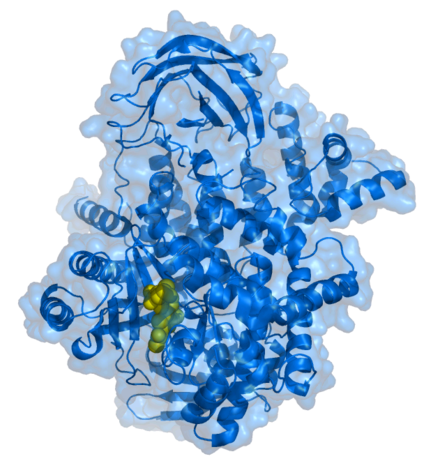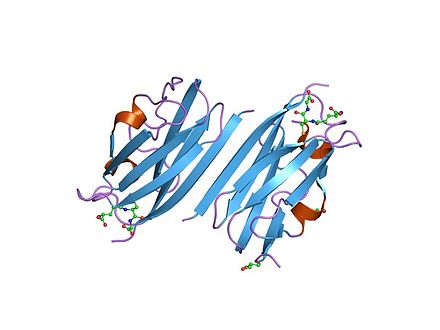Guest
-

Team identifies ‘switch’ involved in DNA replication
DNA replication is an extraordinarily complex multi-step process that makes copies of the body’s genetic blueprint. It is necessary for growth and essential to life. Now researchers at the California Institute of Technology (Caltech) and Vanderbilt University have found evidence that one of those steps may involve the telephone-like transmission of… Read MoreMar. 3, 2017
-

Bacterial signaling systems
Bacteria respond to their environments – to ensure their own survival and proliferation – using two-component systems (TCSs). These systems consist of a bacterial receptor and a response regulator that changes bacterial behavior by modifying gene expression. Most bacterial receptors and response regulators are exclusive pairs that do not interact… Read MoreFeb. 6, 2017
-

New target for chronic infection
The greatest risk factor for gastric cancer is chronic infection by the bacterium, Helicobacter pylori. In a study in mice published by the Proceedings of the National Academy of Sciences, Dana Hardbower, Keith Wilson, M.D., and colleagues found that macrophage activation has a critical role in regulating H. pylori colonization and gastric inflammation. … Read MoreFeb. 6, 2017
-

Ohi Selected as 2017 Chancellor Faculty Fellow
Twelve outstanding faculty members from across the university have been named to the 2017 class of Chancellor Faculty Fellows. The class comprises highly accomplished, recently tenured faculty from the social sciences, life and physical sciences, clinical sciences and humanities, as well as law, mathematics and engineering. Melanie Ohi is an associate professor… Read MoreFeb. 6, 2017
-

Hasty named to new VUSM Basic Sciences role
Alyssa Hasty, Ph.D., professor of Molecular Physiology and Biophysics, has been named Associate Dean for Faculty Development for Basic Sciences at Vanderbilt University School of Medicine. Hasty has devoted much of her career to mentoring and encouraging students and junior faculty members. She was one of the founding members and… Read MoreFeb. 3, 2017
-

Gene mutation discovery may hold autism clues: study
Researchers at Vanderbilt have identified what may be a genetic “smoking gun” for autism spectrum disorder (ASD) — a mutation in the gene for the critical neuronal protein CaMKII. While no single mutation can explain the immensely complicated picture presented by ASD, this study is the first to link a… Read MoreFeb. 3, 2017
-

Casagrande recalled as neuroscience pillar, supportive mentor
Vivien Casagrande, Ph.D., a neuroscientist and professor at Vanderbilt University School of Medicine noted for her contributions to the visual sciences, died peacefully at her home on Saturday, Jan. 21, surrounded by her husband, James Andrew “Mac” McKanna, and sons James and Paul McKanna. She was 74. Known internationally for… Read MoreJan. 26, 2017
-

Lindsley’s drug discovery efforts land ASPET Award
Craig Lindsley, Ph.D., a leader of Vanderbilt University School of Medicine’s groundbreaking drug discovery program, is the 2017 recipient of the Pharmacia-ASPET Award in Experimental Therapeutics from the American Society for Pharmacology and Experimental Therapeutics (ASPET). In a news release, ASPET said Lindsley was honored for “his pioneering use of technology-enabled synthesis,… Read MoreJan. 13, 2017
-

Boosting the Immune System to Fight Breast Cancer
Despite major strides in the early detection and treatment of breast cancer, metastatic disease remains a therapeutic challenge, resulting in over 40,000 deaths per year in the United States. Most breast cancers are the result of genetic mutations that lead to abnormal growth and invasive behavior of the tumor cells. Read MoreJan. 4, 2017
-

Sensing the Cellular Environment Through Integrins
Integrins are integral membrane proteins found on nearly every cell in multicellular animals. They provide the means by which cells interact with components of the extracellular matrix (ECM). In humans, integrins are heterodimers composed of one of 18 alpha subunits and one of 8 beta subunits, with 24 combinations found… Read MoreJan. 4, 2017